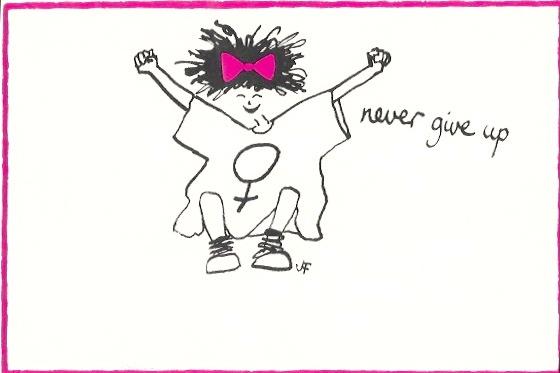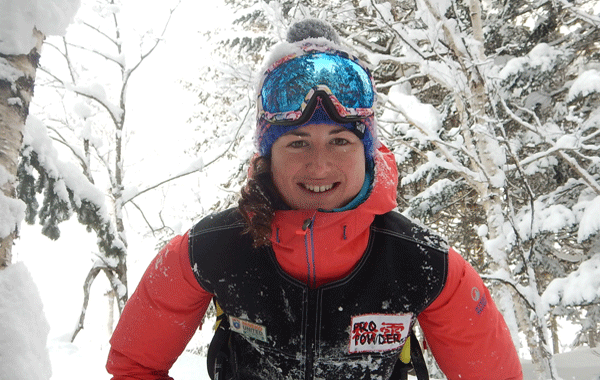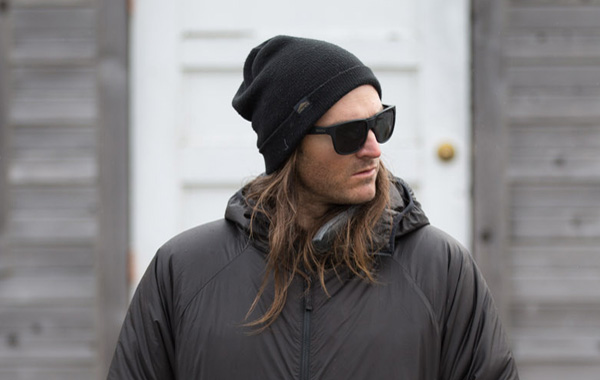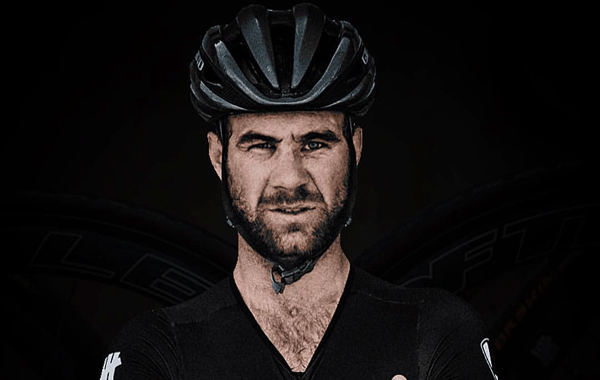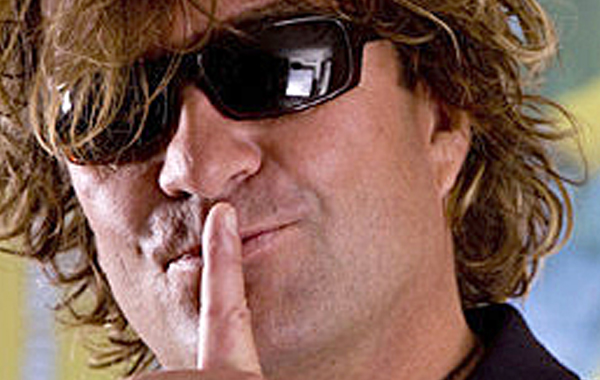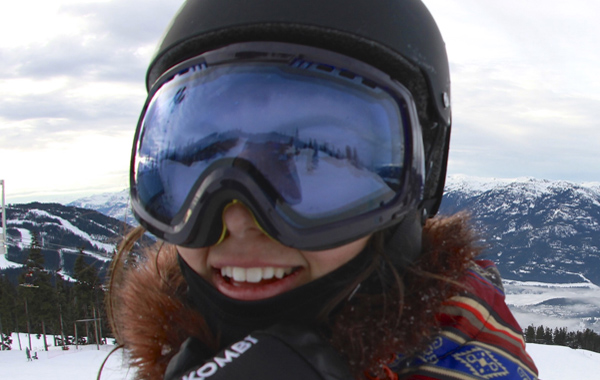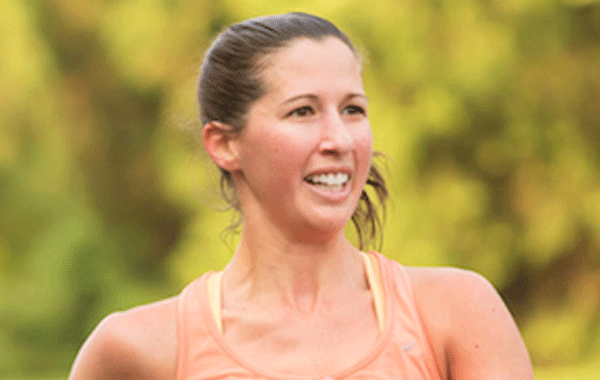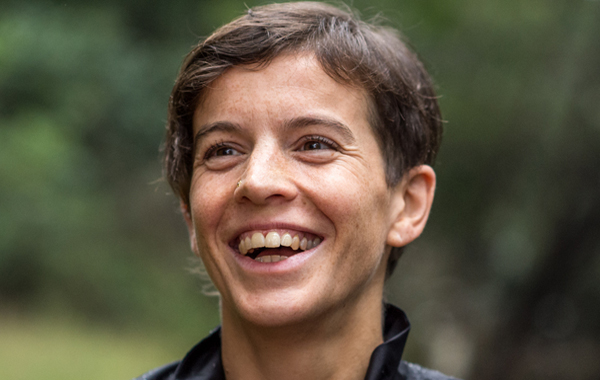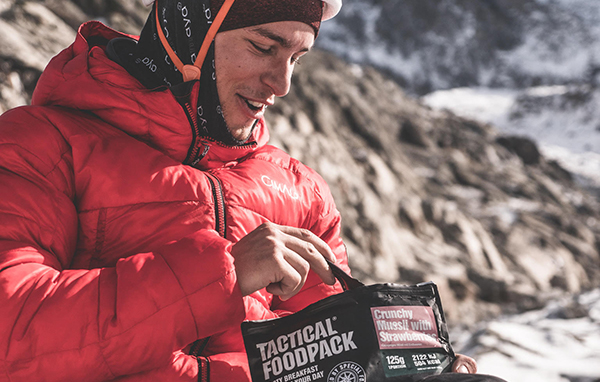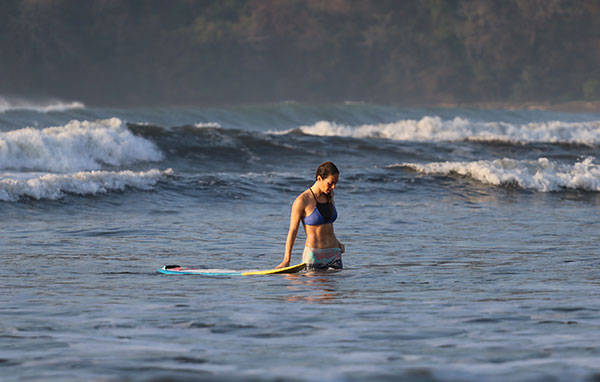RACHAEL Hallewell was brought up skiing from the age of three and her passion for the sport has only continued to grow. She has gone on to gain the highest qualification possible for an instructor and remains dedicated in sharing her love of skiing with anyone who takes an interest in the sport.
Rachael took the time to talk to us about the work and determination its taken to gain the level 4 ISTD International Ski Teacher Diploma and tells us about her career as an instructor. Read on to learn more about her current work in Japan and the marathon she’s training for which will be in aid of the Kees Brenninkmeyer Foundation.
When did you get the opportunity to start skiing and how long was it until you realised you had a real passion for the sport?
My parents met working on a winter season 30-odd years ago in Avoriaz, France and have continued working winters out there. I have consequently had the privilege of growing up on skis and first had a pair attached to my feet the winter I turned 3. When I started school in the UK, I remember I used to crave for the holidays so I could go skiing and be back in the mountains – I guess when it was no longer on my doorstep all winter, I began to miss what I couldn’t have and my passion and appreciation for snow, skiing and the mountains grew from there.
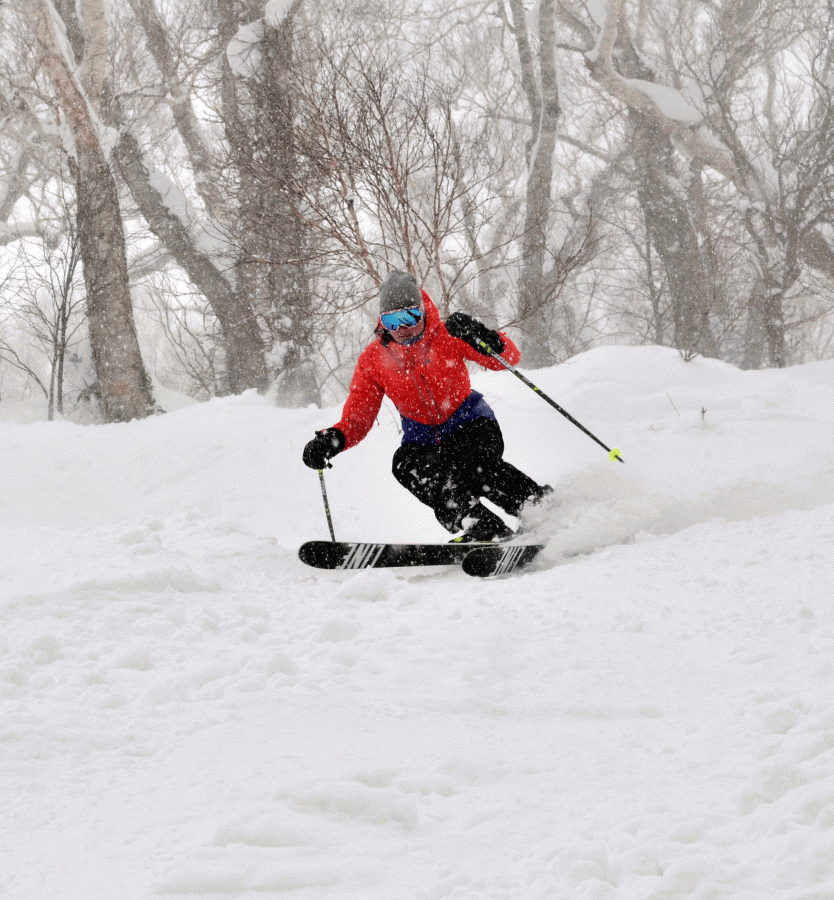
What made you want to pursue a career as an instructor and how much work was involved in reaching the British Association of Snowsport Instructor level 4 ISTD International Ski Teacher Diploma standard?
Doing the level 1 at 16 years old seemed something natural to do while at home over the Easter holidays with everything conveniently available to me. I then got hooked! I wanted to be better and learn how to teach others to enjoy skiing as much as I do – I love to teach and get such a kick from seeing people improve and get even more enjoyment out of the mountains than they might have done otherwise.
While at university I did the level 2, and on my year abroad (I studied French and Spanish) I did a season in Argentina and helped train some children in the Pyrenees. Once I graduated I started to do winter seasons in Switzerland and steadily complete the level 3 & 4 qualifications.
Although brought up on skis, I ensured I got all I could out of ski racing on the dry slope at university, put in the hours to lap chopped up ‘crud’ to get better in the off-piste, smashing bumps, smashing myself (!), taught as much as I could to earn a living, learnt about snow and avalanche and trained hard to achieve my goals.
Completing the level 4 requires passing the European Mountain Safety, the Eurotest (giant slalom speed test), a second discipline, teaching hours, freestyle or coaching modules and speaking a second language, as well as the technical and teaching modules – it isn’t for the faint hearted and requires a lot of determination, perseverance and funding.
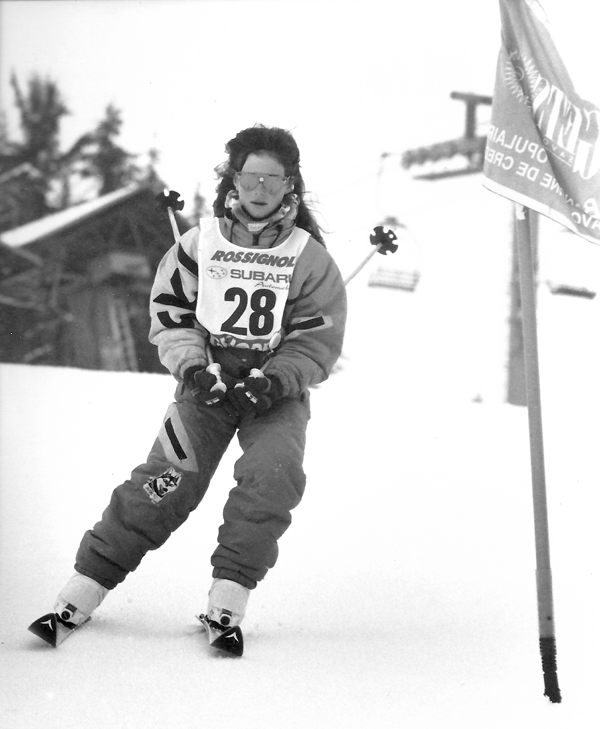
Tell us about your experience in Japan and what it is like working with people there?
Japan is incredible! We had a slow start to the season but the last couple of months have been amazing – loads of light and fluffy powder! The tree skiing is fantastic as well as cruising down from the peak on a sunny day. Everyone here is so enthusiastic and keen to get out skiing as much as they can and make the most of being in such a great place. The scenery is stunning with the Mt Yotei volcano dominating over the area. The food, culture and people add for a really exciting experience. I’d definitely recommend anyone who loves skiing to come here for at least a holiday, or even to work a season.
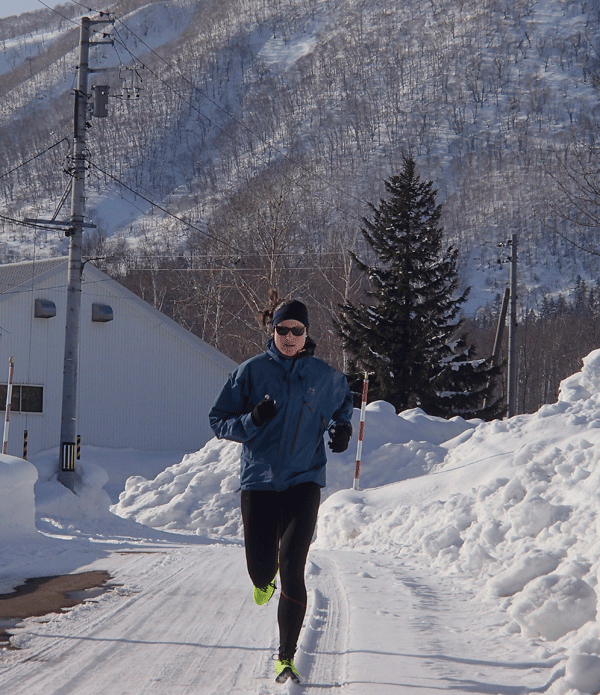
When did you come up with the idea to run a marathon in Japan and could you tell us a little more about the history behind the Nagano Marathon?
I love fitness – for skiing, my health, and the enjoyment of doing other sports such as triathlon in the summer and exploring the great outdoors. Running a marathon is on my bucket list and I embraced the start of 2016 by browsing online to find a marathon I could do in Japan. The Nagano Marathon takes the participants on a tour of the Olympic sites that hosted the 1998 Winter Olympics. It’ll make my 42km run more interesting by seeing somewhere new and hopefully there will be some of the famous Japanese blossom out, too. The marathon is in its 18th year and it will take place on Sunday 17th April. People from all around the world can enter – they particularly like having overseas entrants – but you must finish in five hours.
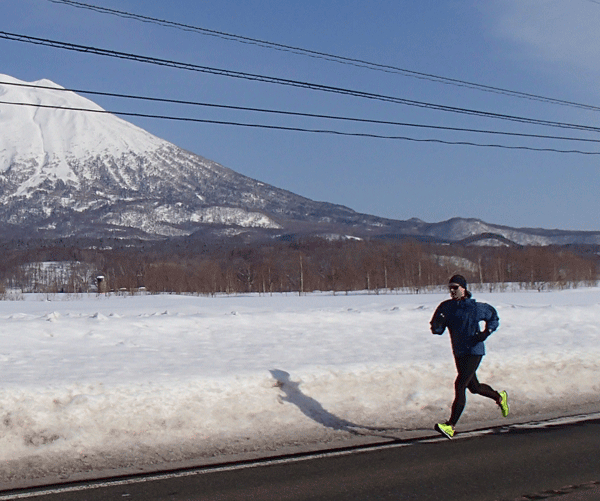
How hard will the marathon be in the current Japanese climate and how hard are you currently having to train?
On race day we could experience anything from snow and cold temperatures to it being quite warm, even hot, with sunshine – I’ll need to be prepared for all conditions.
Training has been really challenging for me so far. I need to balance skiing and working with running. This is my first marathon and the furthest I had run prior to training for Nagano was 20k. Injury is hard to keep at bay – if I haven’t worn myself out running; I’ve probably tweaked something on the mountain. My goal at the moment is to make the start line!
I’ve learnt over the past couple of months to wait for the pavements to have been cleared so at least they are compact, for it not to be a blizzard, to have eaten and hydrated properly, to wear two pairs of leggings to stop chaff and cold legs, invest in more supportive trainers, to stretch, ice and do strengthening exercises continuously, and to be organised and sensible with training. I ski most days, cross-train in the pool and hit the treadmill at least once a week to complete a tempo/speed session, as well as a long run. I try and rest completely at least once a week. The long runs are proving the most challenging at the moment, but fellow ski instructors kindly act as my support crew, providing me with sustenance and encouragement – as well as the bemused faces of the public watching this crazy girl run in the snow!
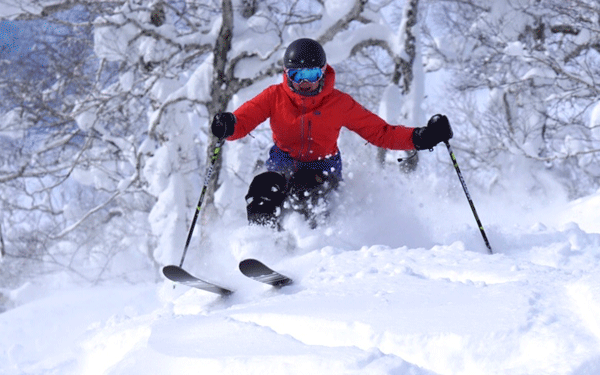
Tell us who you’ll be raising money for and how can we get behind you and support you in the run?
I am running for the Kees Brenninkmeyer Foundation. Their mission: to financially assist alpine guides, patrollers, or instructors who require surgery in order to continue their careers. A friend tore her ACL and meniscus in the autumn race training. She was training for the gruelling Eurotest exam as part of the level 4. Consequently she has lost out on a season’s work and progress through the qualifications – a heart-breaking setback for anyone going through the system. This foundation is financially aiding her to receive surgery on her knee and support her through physiotherapy and rehabilitation with the aim to have her back on the slopes next winter. They have given her hope that she will be able to continue pursuing her dream career. In raising money for this foundation I hope to support others, like my friend, to continue their dreams in a career I am lucky enough to be living.
I write a blog www.treadmillsandchocolate.com and I am also on Facebook and Instagram @treadmillsandchocolate where you can follow my training and travels and support me through my challenge – any words of encouragement are much appreciated!
If you’d like to support the foundation and my challenge, please explore the Kees Brenninkmeyer Foundation’s website for more information and donate through their website www.keesbfoundation.org. Upon pledging, if you could please enter ‘R Hallewell Marathon’ in the comments box, a record can then be kept as to how much I have raised. Thank you very much.
Have you ever found yourself or your career at risk due to an injury you’ve received while training or competing?
I am fairly accident prone, sadly, and have had a few injuries. I suffer with joint hypermobility and often have weakened shoulders, ankles and hips, despite trying to keep them strong. Thankfully I’ve been able to postpone any surgery to the summer months and have been covered through insurance at work or otherwise – not everyone is that lucky as it depends on where you work. This foundation is really helping alpine professionals who are on the brink of giving up their dreams due to not being able to come back from injury.
Through sheer determination with rehabilitation and an enjoyment for fitness, I have got myself back on the slopes in time for winter. Injury is every sport enthusiasts’ nightmare, and even more so if it is your career. However I am a great believer that if people really want to achieve something, they do come back stronger mentally and hopefully physically, too.
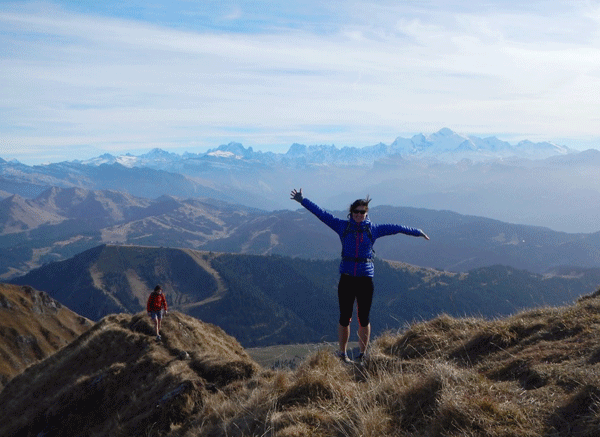
What are your words of advice to any women who are motivated and inspired by your achievements in life and your determination to succeed in whatever you do?
Any dreams and aspirations you have, write them down, then they are more likely to come true. Tell people about what you want to do and even if they think it’s a little bit crazy, it doesn’t matter – support yourself and believe in yourself and others will follow – but in telling them, you are making it real.
In BASI I am one of about 60-70 women who actively use the ISTD qualification; the snowsport industry is male dominated. Going through the system I was often the only female in the group during an exam. Don’t let anything similar to this put you off, but use it to your advantage by raising your game and doing the very best you can – you can do it! Don’t give up, work hard and make sure you keep enjoying what you are doing. Life is short, so live it to the fullest you can.
My mother gave me this card a long time ago, and combined with her motto of “no problems, just solutions” I strive to make my dreams possible – so should you.
